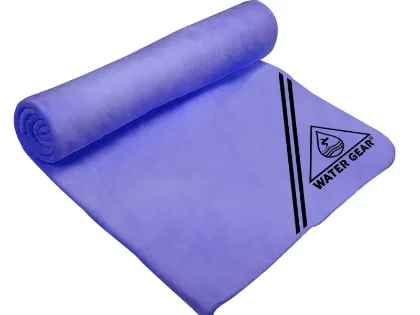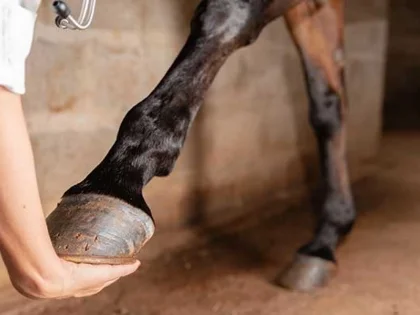ImprovingPilates Core Strength: Techniques For A Stronger Center
The finest Pilates core exercises are made to engage, control, and improve your core—whether you're working out at home or at a studio. This is one of the six main tenets of Joseph Pilates's workout method, which was once known as contrology. Proper balance, posture, and injury prevention are made possible by a strong core. Attempt these five Pilates exercises to strengthen your core:
1. The Lateral Plank
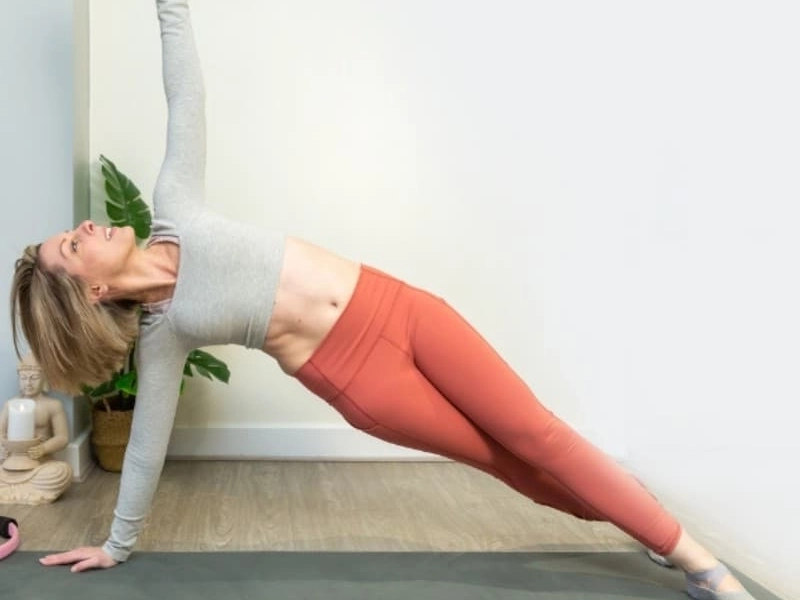
2. The Wall Bridge
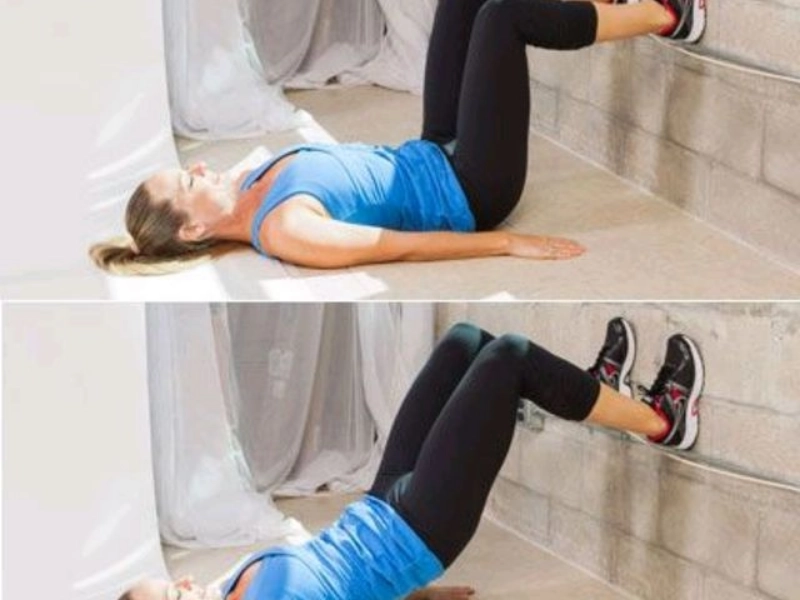 Including wall exercises in your training is an excellent method to improve stability and balance. For instance, a wall bridge is a great substitute for the plank exercise performed on the floor. All you have to do is lean your back on the wall and slide down to a squat position. After rolling your body back up, repeat.
Using the wall also helps with balance, posture, and proprioception—the awareness of your body in space. Your sense of alignment will improve as you become more aware of your motions.
Get our 30-day training schedule to kickstart your wall Pilates journey. It comes with a plan that alternates training days with recovery rest days, along with comprehensive instructions on the correct form. Alternatively, for professional guidance, speak with your healthcare provider.
Including wall exercises in your training is an excellent method to improve stability and balance. For instance, a wall bridge is a great substitute for the plank exercise performed on the floor. All you have to do is lean your back on the wall and slide down to a squat position. After rolling your body back up, repeat.
Using the wall also helps with balance, posture, and proprioception—the awareness of your body in space. Your sense of alignment will improve as you become more aware of your motions.
Get our 30-day training schedule to kickstart your wall Pilates journey. It comes with a plan that alternates training days with recovery rest days, along with comprehensive instructions on the correct form. Alternatively, for professional guidance, speak with your healthcare provider.
3. Adjacent Board
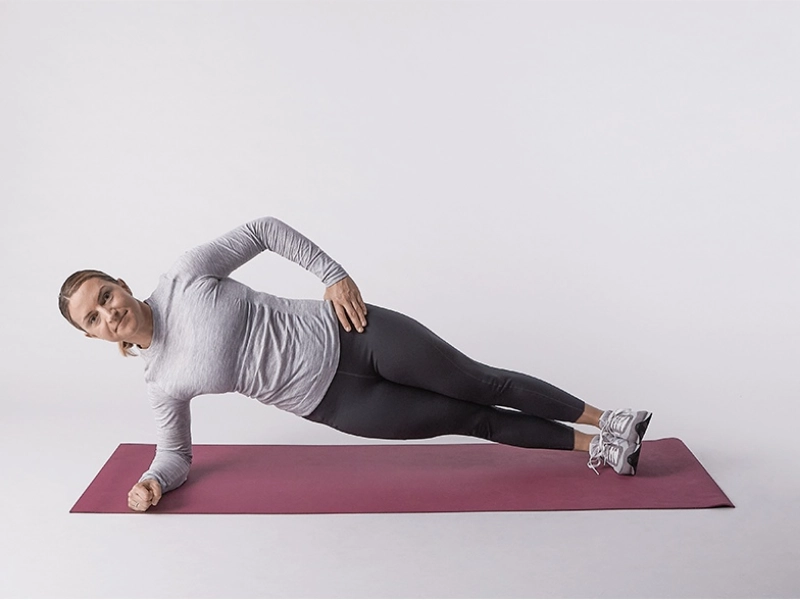 The side plank is a unilateral exercise that targets your core muscles one side at a time. It can be done as a stand-alone exercise or as part of a complete reformer routine.
To add a fresh challenge to your practice, try incorporating more difficult side plank variations, such as the side plank with leg lift. This exercise increases stability and works your obliques.
To perform this variant, assume a side plank posture on the reformer and lift your top leg off the carriage. After touching your toe, lift your leg back down. To finish a rep, repeat the movement on the opposite side. Compared to the standard side plank, this exercise tests your balance and core muscles differently, which helps to improve these muscles faster.
The side plank is a unilateral exercise that targets your core muscles one side at a time. It can be done as a stand-alone exercise or as part of a complete reformer routine.
To add a fresh challenge to your practice, try incorporating more difficult side plank variations, such as the side plank with leg lift. This exercise increases stability and works your obliques.
To perform this variant, assume a side plank posture on the reformer and lift your top leg off the carriage. After touching your toe, lift your leg back down. To finish a rep, repeat the movement on the opposite side. Compared to the standard side plank, this exercise tests your balance and core muscles differently, which helps to improve these muscles faster.
4. Rolling walls
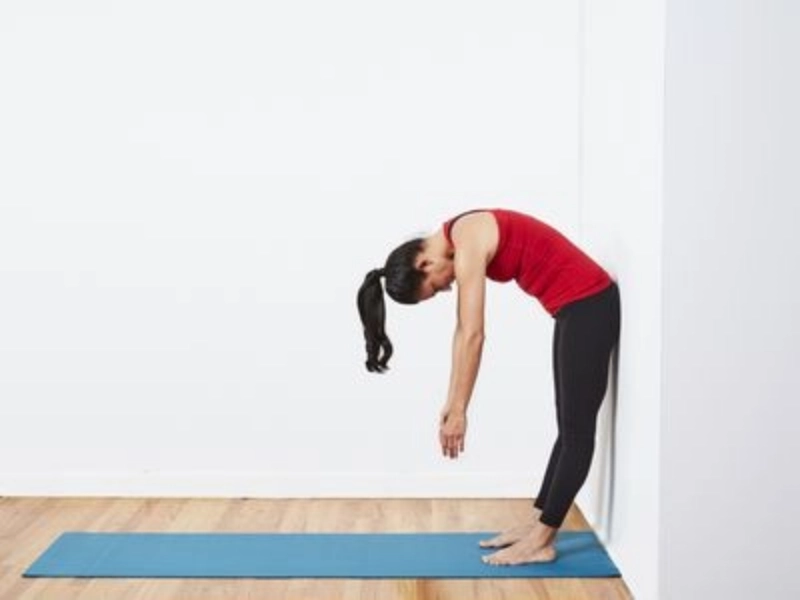 You could achieve a whole new level of stability and balance by adding wall Pilates to your practice. You may exercise your core muscles more intensely because of the wall's rough surface, which also provides resistance and enforces proper alignment. Additionally, this method improves proprioception, which strengthens your body's sense of spatial orientation and encourages improved balance.
Place your feet hip-width apart and your back against a strong wall as you stand against it. When your hands reach your knees, use your core to roll down the wall vertebra by vertebra. Get back on your feet and keep going.
To avoid undue strain, proceed with caution and slowness during this exercise. Inexperienced or injured people may need to adjust the position or repetitions for this exercise.
You could achieve a whole new level of stability and balance by adding wall Pilates to your practice. You may exercise your core muscles more intensely because of the wall's rough surface, which also provides resistance and enforces proper alignment. Additionally, this method improves proprioception, which strengthens your body's sense of spatial orientation and encourages improved balance.
Place your feet hip-width apart and your back against a strong wall as you stand against it. When your hands reach your knees, use your core to roll down the wall vertebra by vertebra. Get back on your feet and keep going.
To avoid undue strain, proceed with caution and slowness during this exercise. Inexperienced or injured people may need to adjust the position or repetitions for this exercise.
5. The Pelvic Ribs
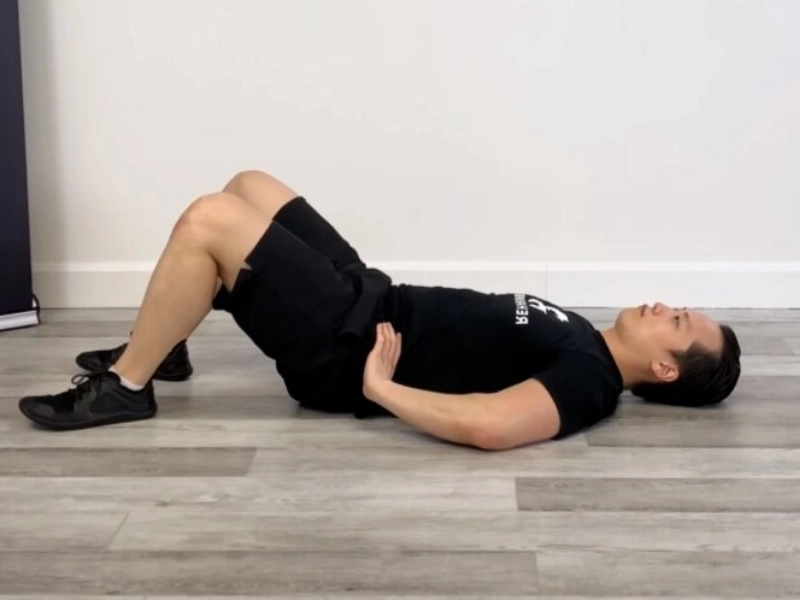 The pelvis is the body's unsung hero. Despite being less obvious than the core muscles, it is just as important for hip, glute, and spine stability.
Pilates is a useful workout for increasing muscular endurance, stability, and strength in the abdominal and lumbo-pelvic regions. Additionally, it has been demonstrated to lessen pain, increase flexibility, and improve balance and coordination.
Nonetheless, a few of the Pilates repertoire's exercises may not be suitable for those who have incorrect posture or back pain. Exercises like the straight leg sit-up and the sustained chest lift, which require a lot of trunk and pelvic movement, may overload the lower spine. To prevent injuries and boost performance, it's critical to know how to adjust these exercises. Thankfully, there are numerous methods available!
The pelvis is the body's unsung hero. Despite being less obvious than the core muscles, it is just as important for hip, glute, and spine stability.
Pilates is a useful workout for increasing muscular endurance, stability, and strength in the abdominal and lumbo-pelvic regions. Additionally, it has been demonstrated to lessen pain, increase flexibility, and improve balance and coordination.
Nonetheless, a few of the Pilates repertoire's exercises may not be suitable for those who have incorrect posture or back pain. Exercises like the straight leg sit-up and the sustained chest lift, which require a lot of trunk and pelvic movement, may overload the lower spine. To prevent injuries and boost performance, it's critical to know how to adjust these exercises. Thankfully, there are numerous methods available!




